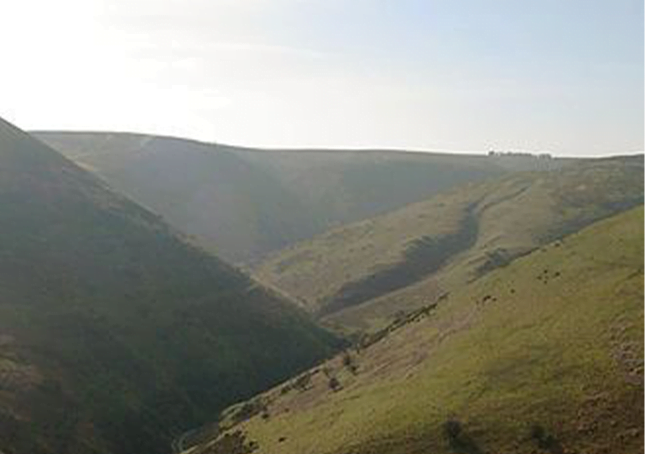Site of Special Scientific Interest

A Site of Special Scientific Interest (SSSI) in Great Britain or an Area of Special Scientific Interest (ASSI) in the Isle of Man and Northern Ireland is a conservation designation denoting a protected area in the United Kingdom and Isle of Man. SSSI/ASSIs are the basic building block of site-based nature conservation legislation and most other legal nature/geological conservation designations in the United Kingdom are based upon them, including national nature reserves, Ramsar sites, Special Protection Areas, and Special Areas of Conservation. The acronym “SSSI” is often pronounced “triple-S I”.
Sites notified for their biological interest are known as Biological SSSIs (or ASSIs), and those notified for geological or physiographic interest are Geological SSSIs (or ASSIs). Sites may be divided into management units, with some areas including units that are noted for both biological and geological interest.
Biological SSSI/ASSIs may be selected for various reasons, which for Great Britain is governed by published SSSI Selection Guidelines.[2] Within each area, a representative series of the best examples of each significant natural habitat may be notified, and for rarer habitats all examples may be included. Sites of particular significance for various taxonomic groups may be selected (for example birds, dragonflies, butterflies, reptiles, amphibians, etc.)—each of these groups has its own set of selection guidelines.
Conservation of biological SSSI/ASSIs usually involves continuation of the natural and artificial processes which resulted in their development and survival, for example the continued traditional grazing of heathland or chalk grassland.
In England, the designating body for SSSIs, Natural England, selects biological SSSIs from within natural areas which are areas with particular landscape and ecological characteristics, or on a county basis. In Scotland, the designating authority is NatureScot; the role in Wales is performed by Natural Resources Wales (formerly the Countryside Council for Wales). In the Isle of Man the role is performed by the Department of Environment, Food and Agriculture.
Geological SSSI/ASSIs are selected by a different mechanism to biological ones, with a minimalistic system selecting one site for each geological feature in Great Britain. Academic geological specialists have reviewed geological literature, selecting sites within Great Britain of at least national importance for each of the most important features within each geological topic (or block). Each of these sites is described, with most published in the Geological Conservation Review series, and so becomes a GCR site. Almost all GCR sites (but no other sites) are subsequently notified as geological SSSIs, except some that coincide with designated biological SSSI management units. A GCR site may contain features from several different topic blocks, for example a site may contain strata containing vertebrate fossils, insect fossils and plant fossils and it may also be of importance for stratigraphy.
Geological sites fall into two types, having different conservation priorities: exposure sites, and deposit sites. Exposure sites are where quarries, disused railway cuttings, cliffs or outcrops give access to extensive geological features, such as particular rock layers. If the exposure becomes obscured, the feature could in principle be re-exposed elsewhere. Conservation of these sites usually concentrates on maintenance of access for future study. Deposit sites are features which are limited in extent or physically delicate—for example, they include small lenses of sediment, mine tailings, caves and other landforms. If such features become damaged they cannot be recreated, and conservation usually involves protecting the feature from erosion or other damage.
